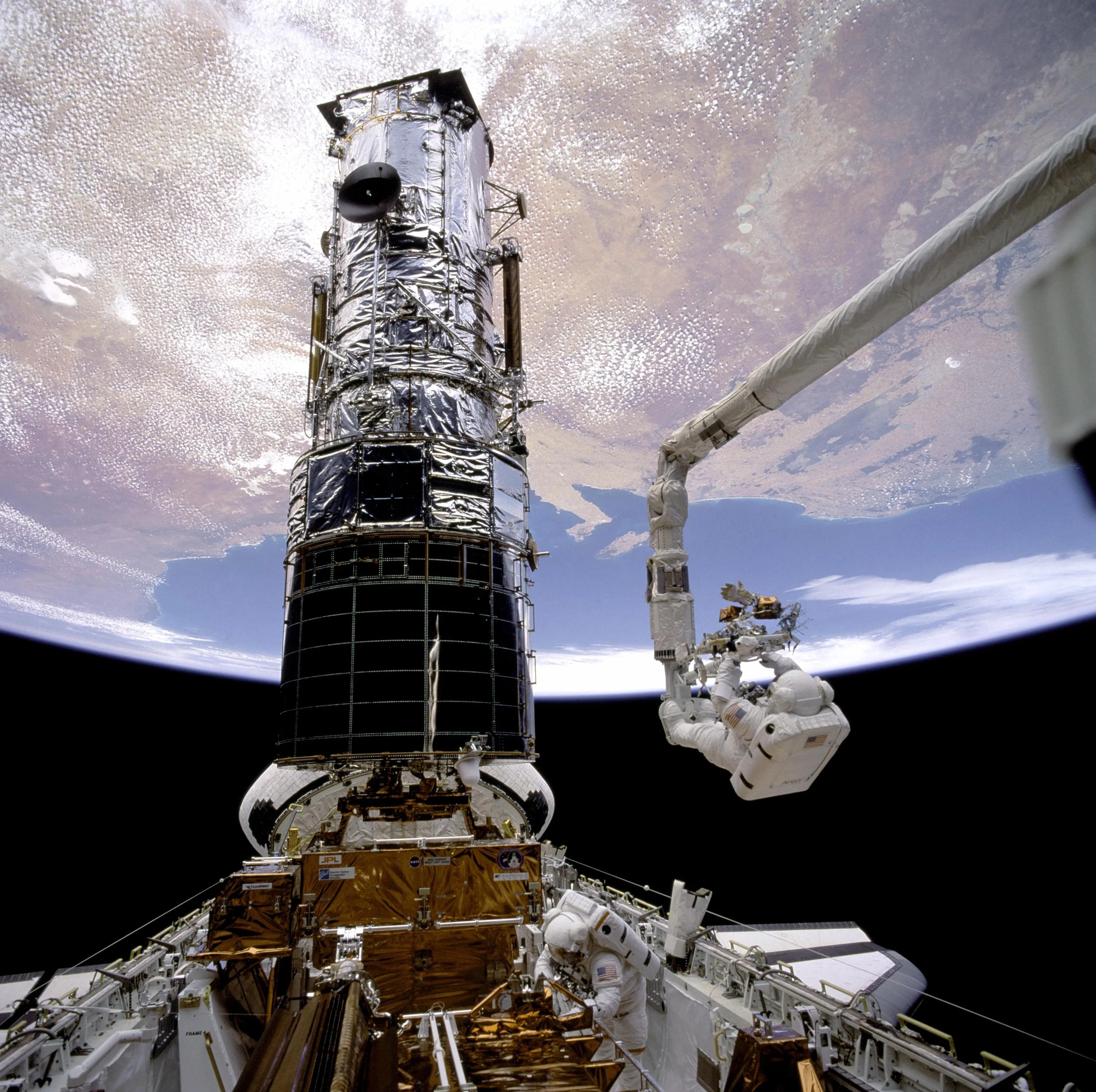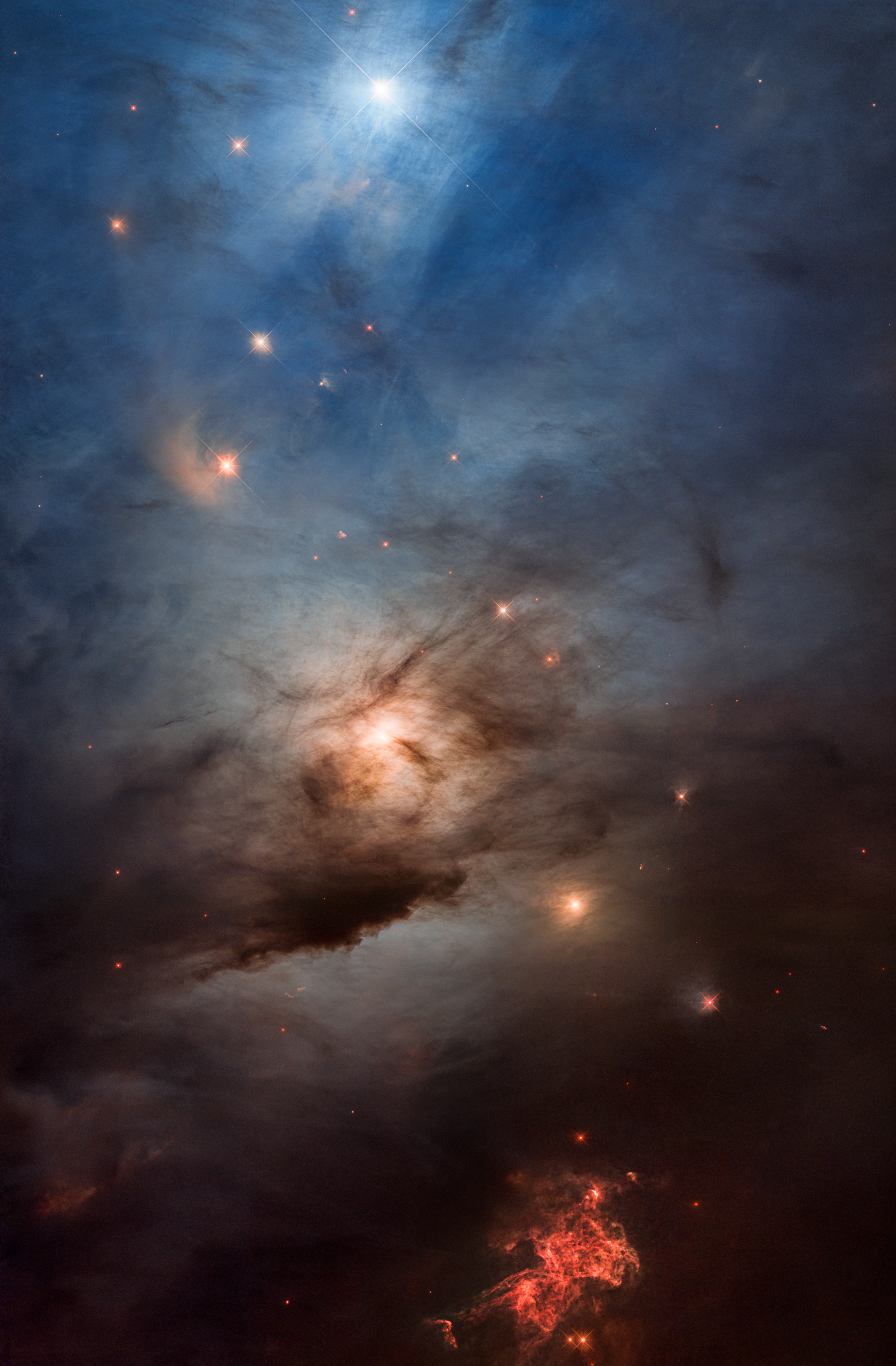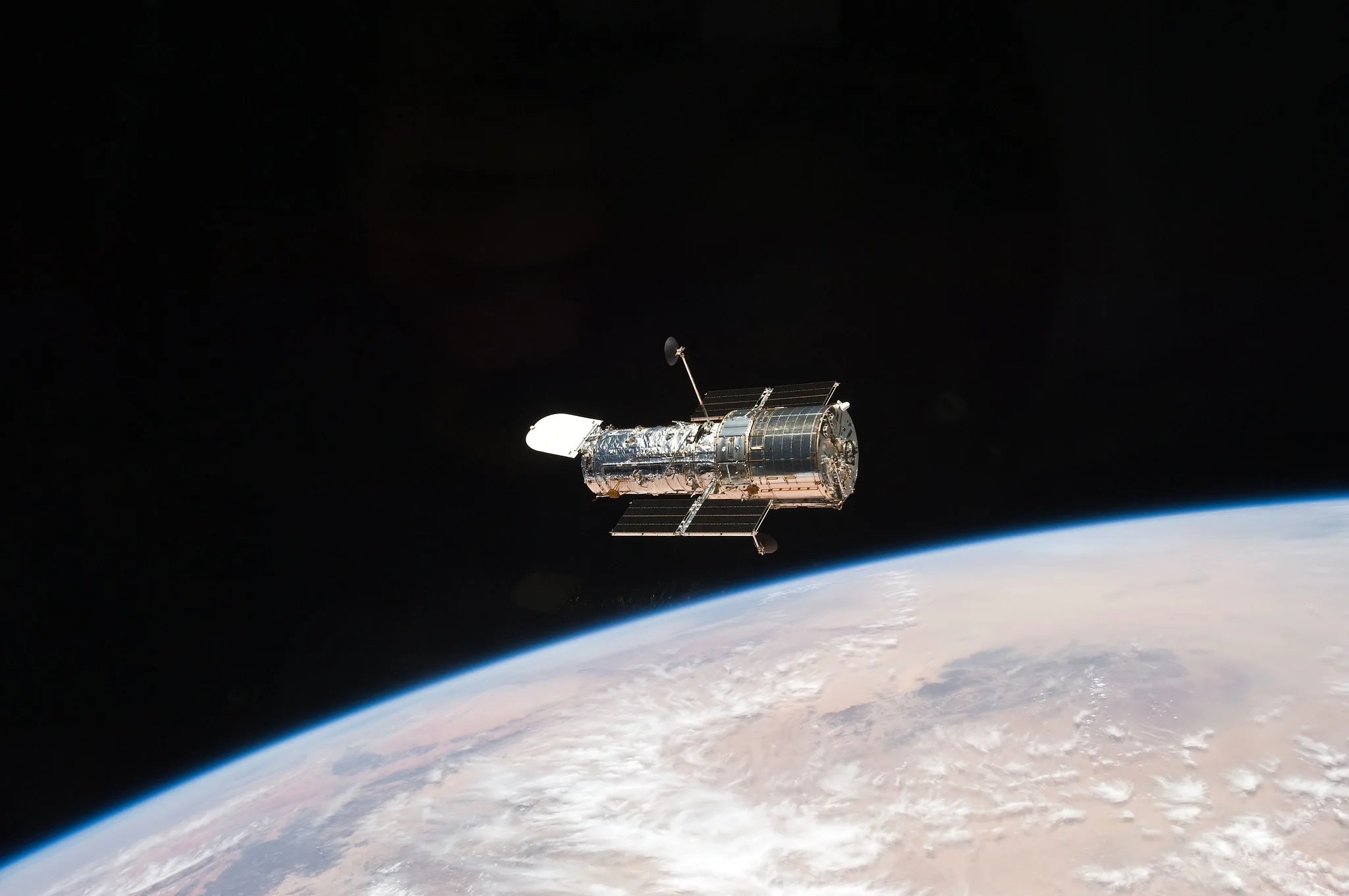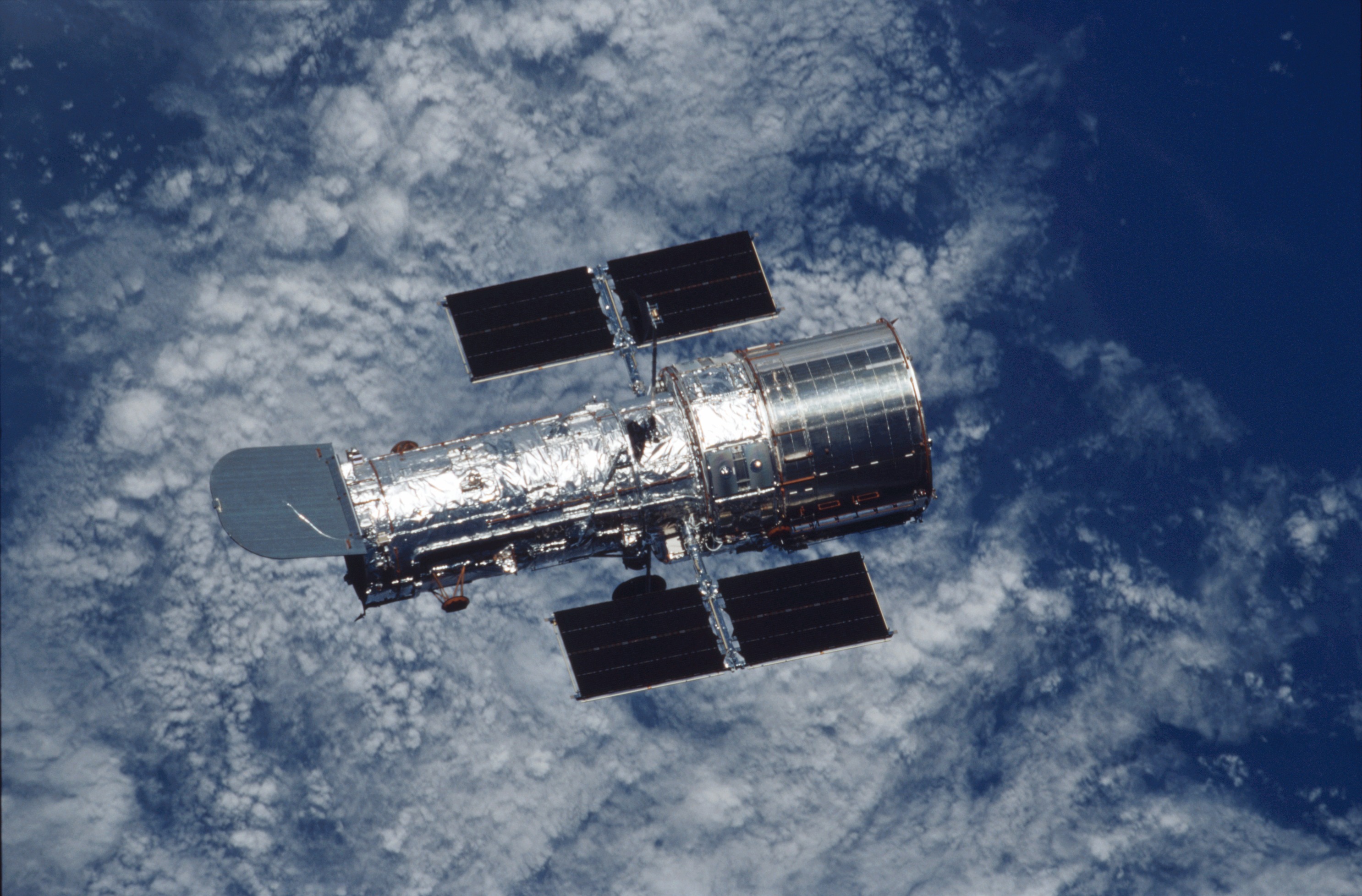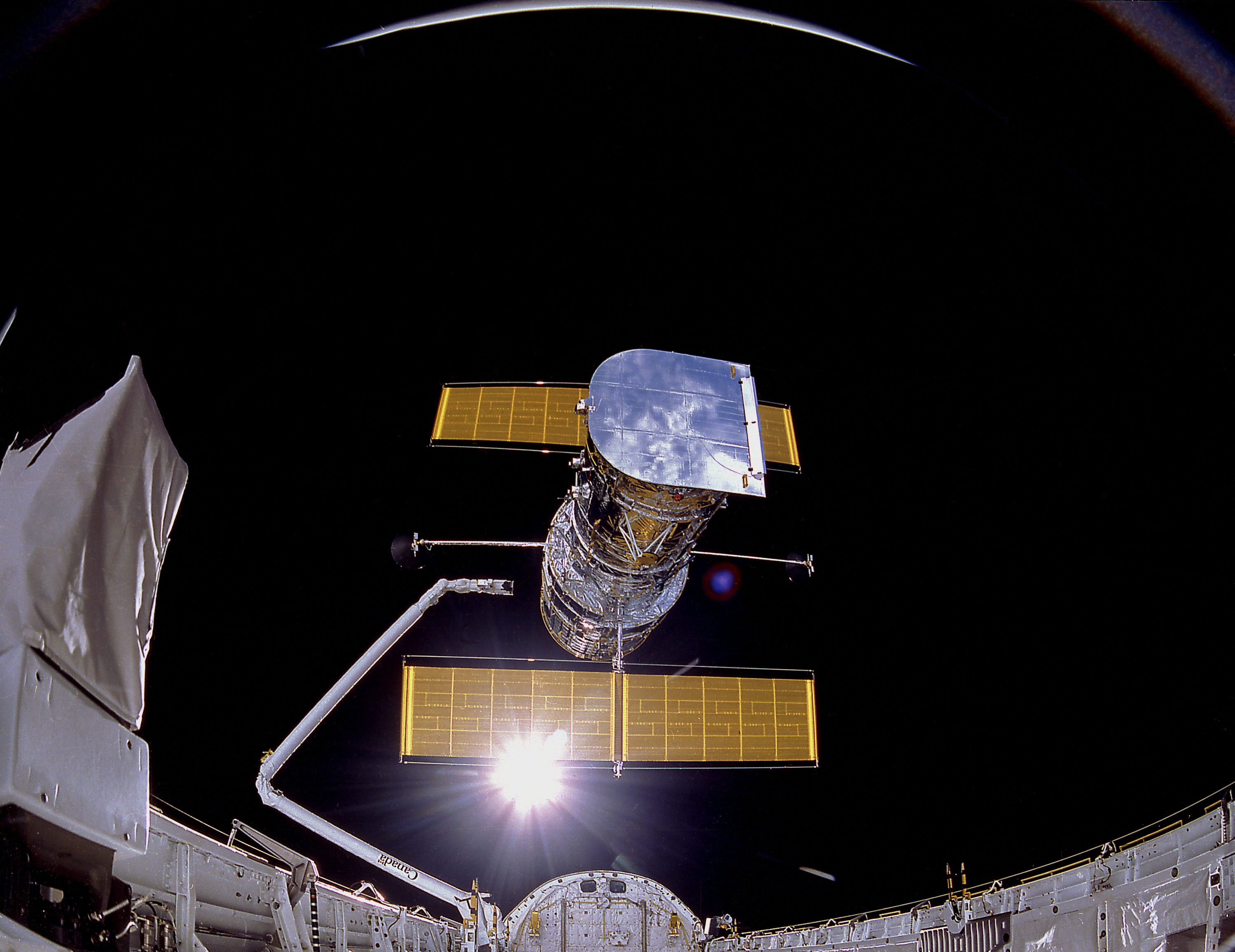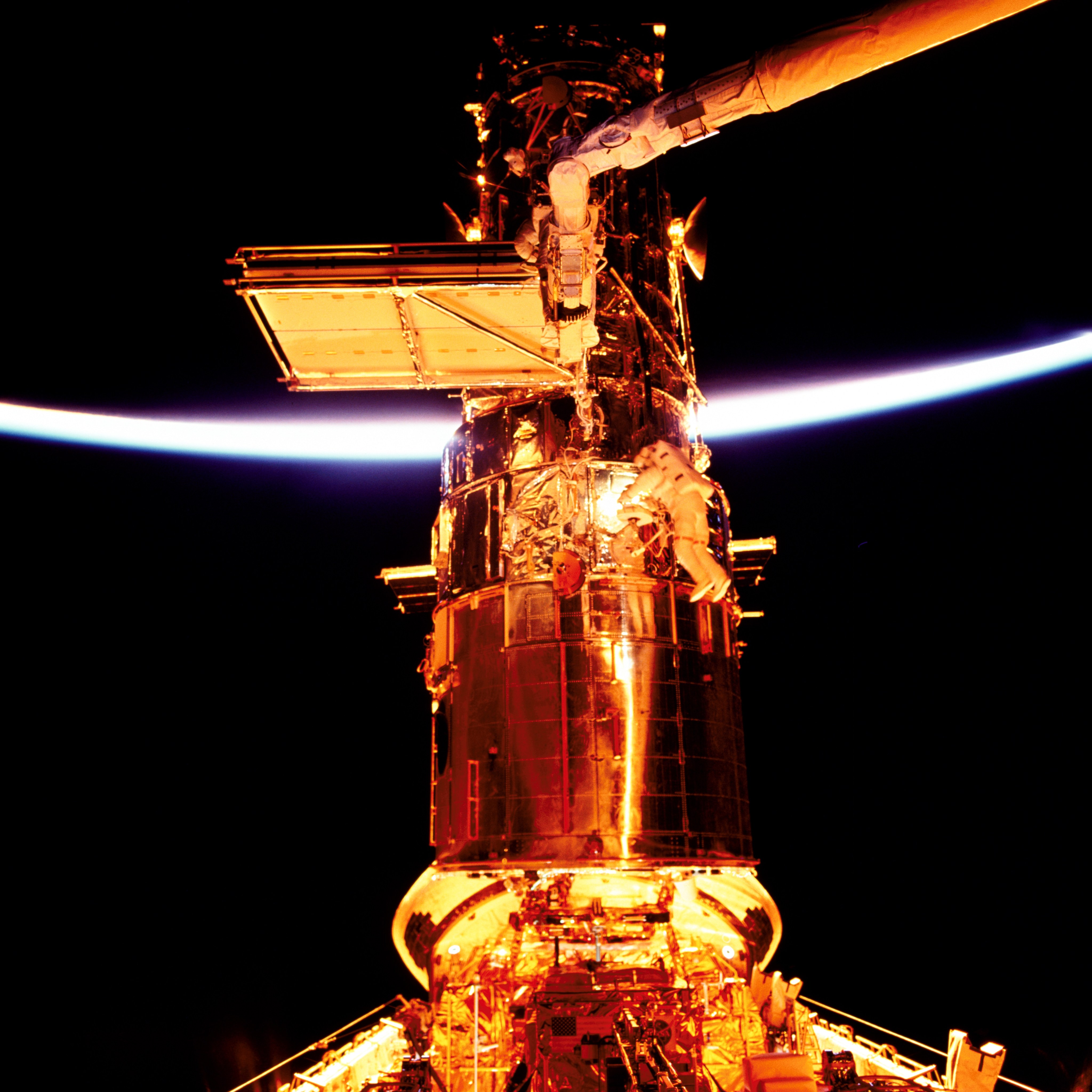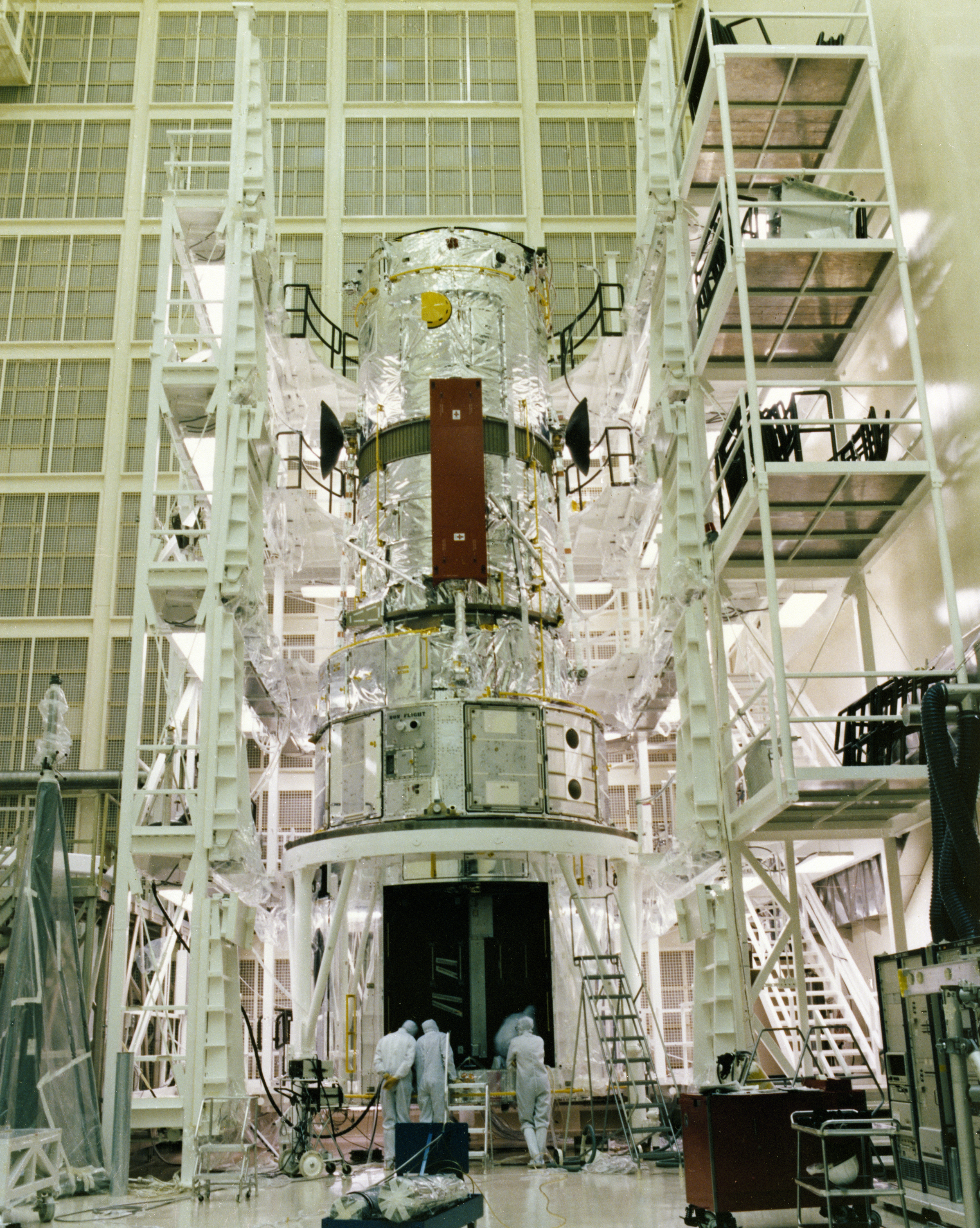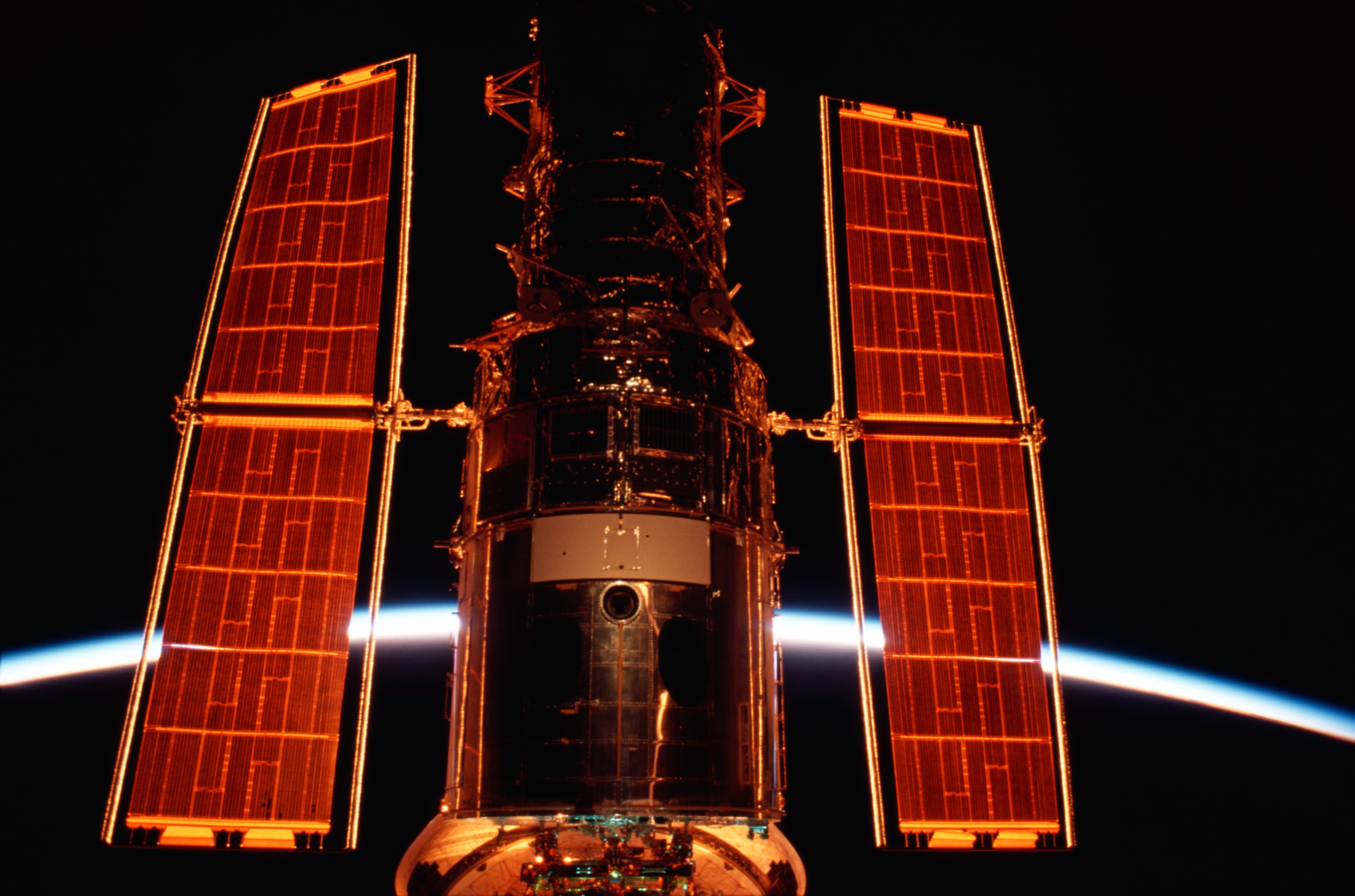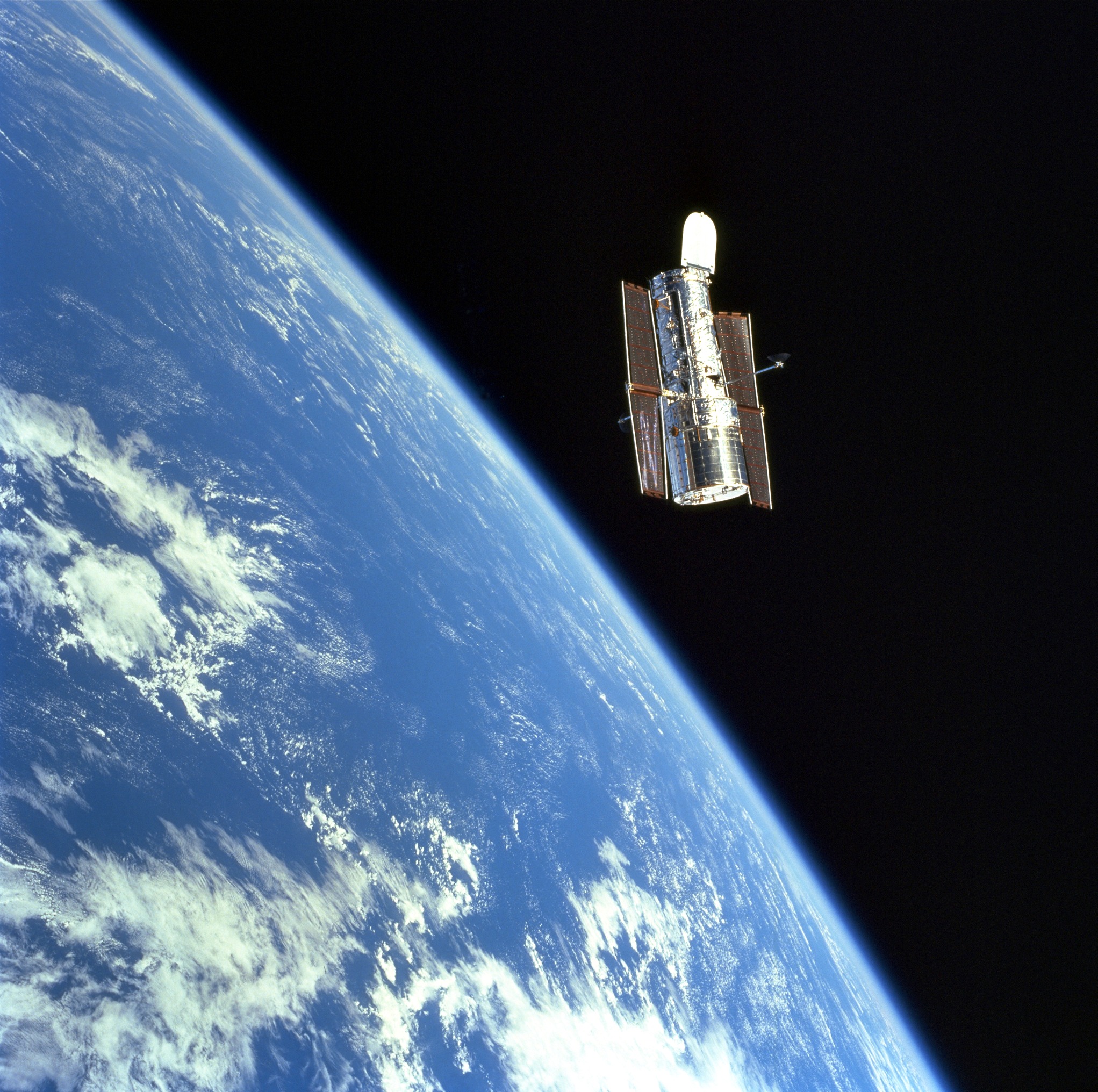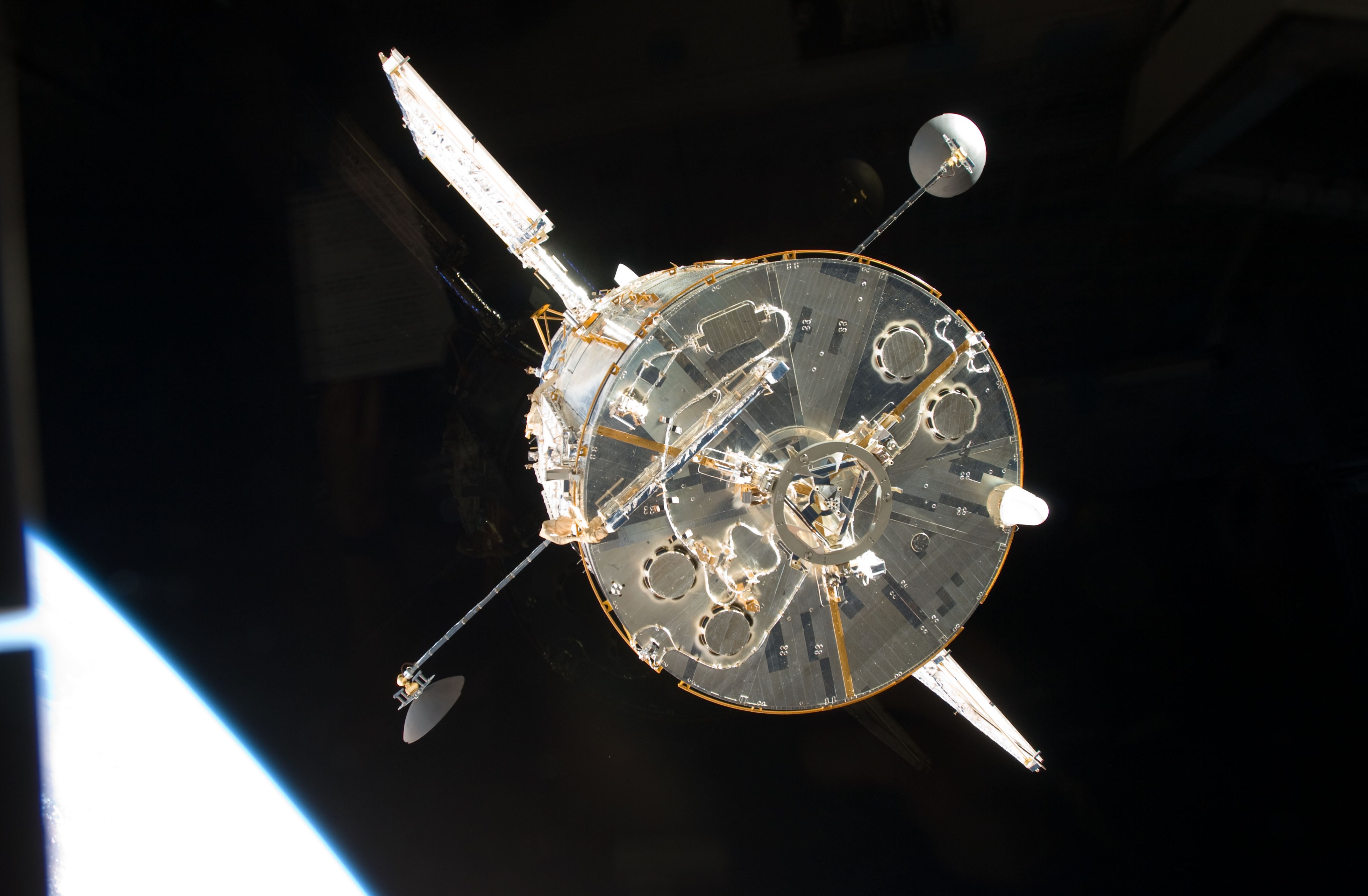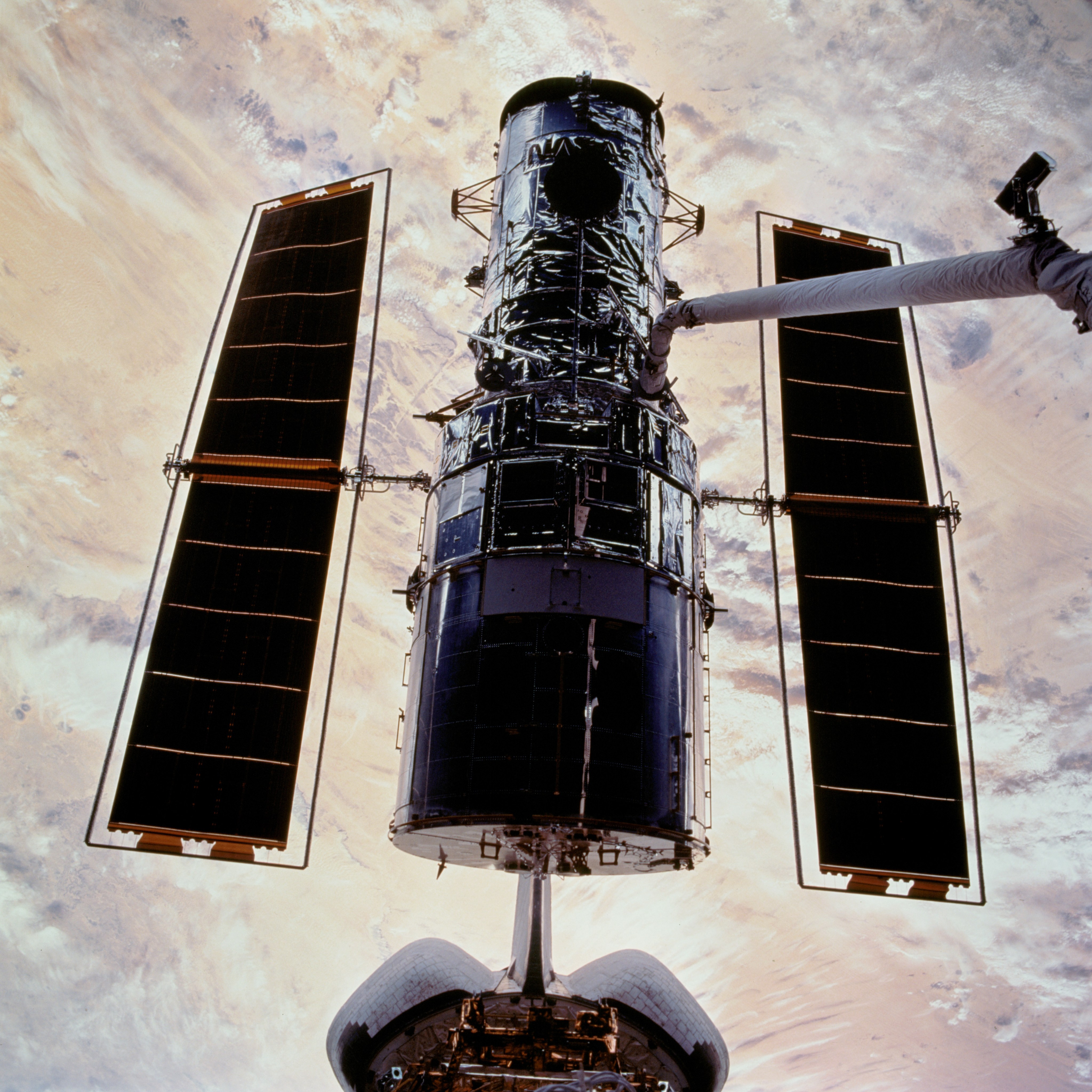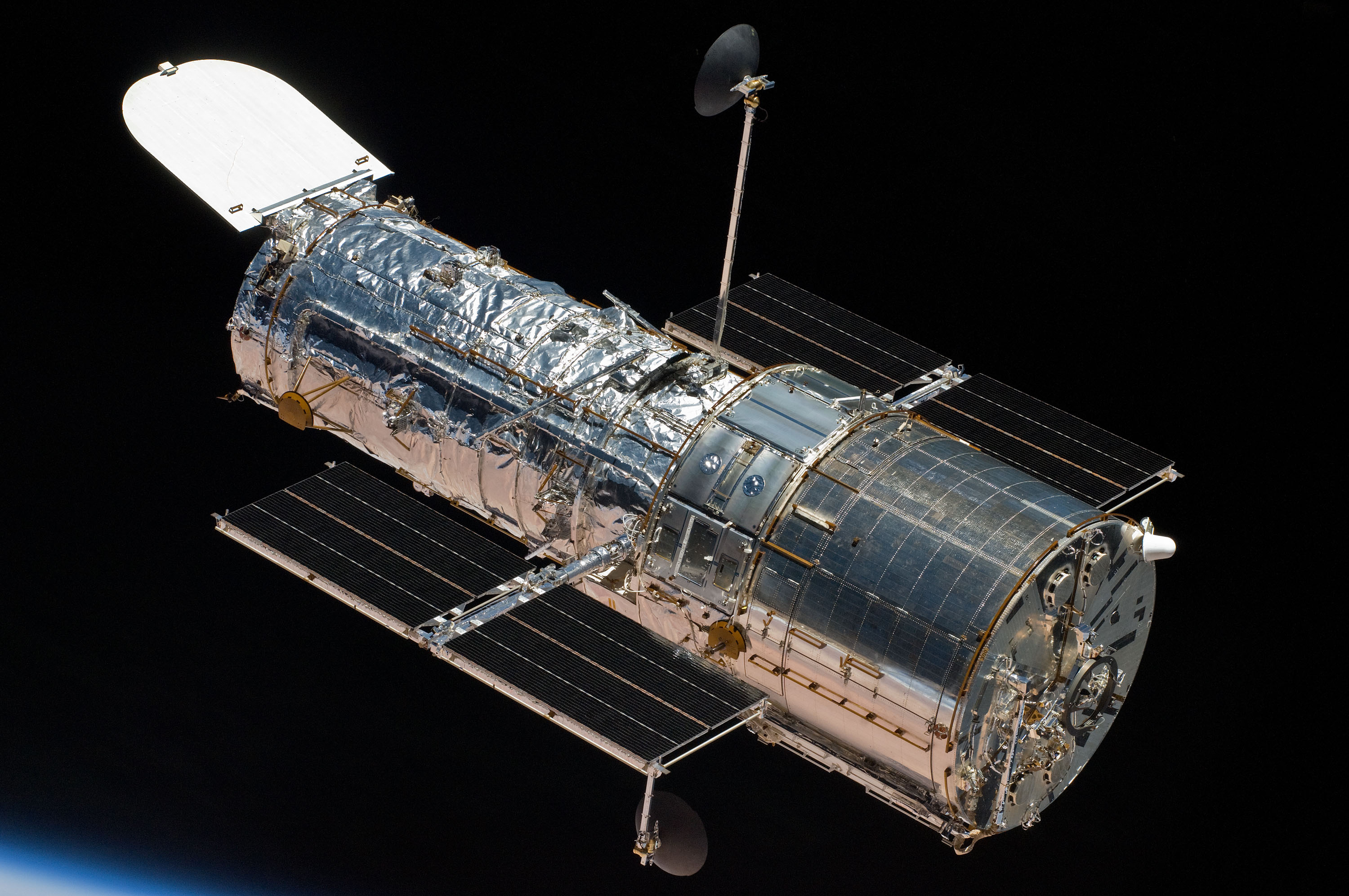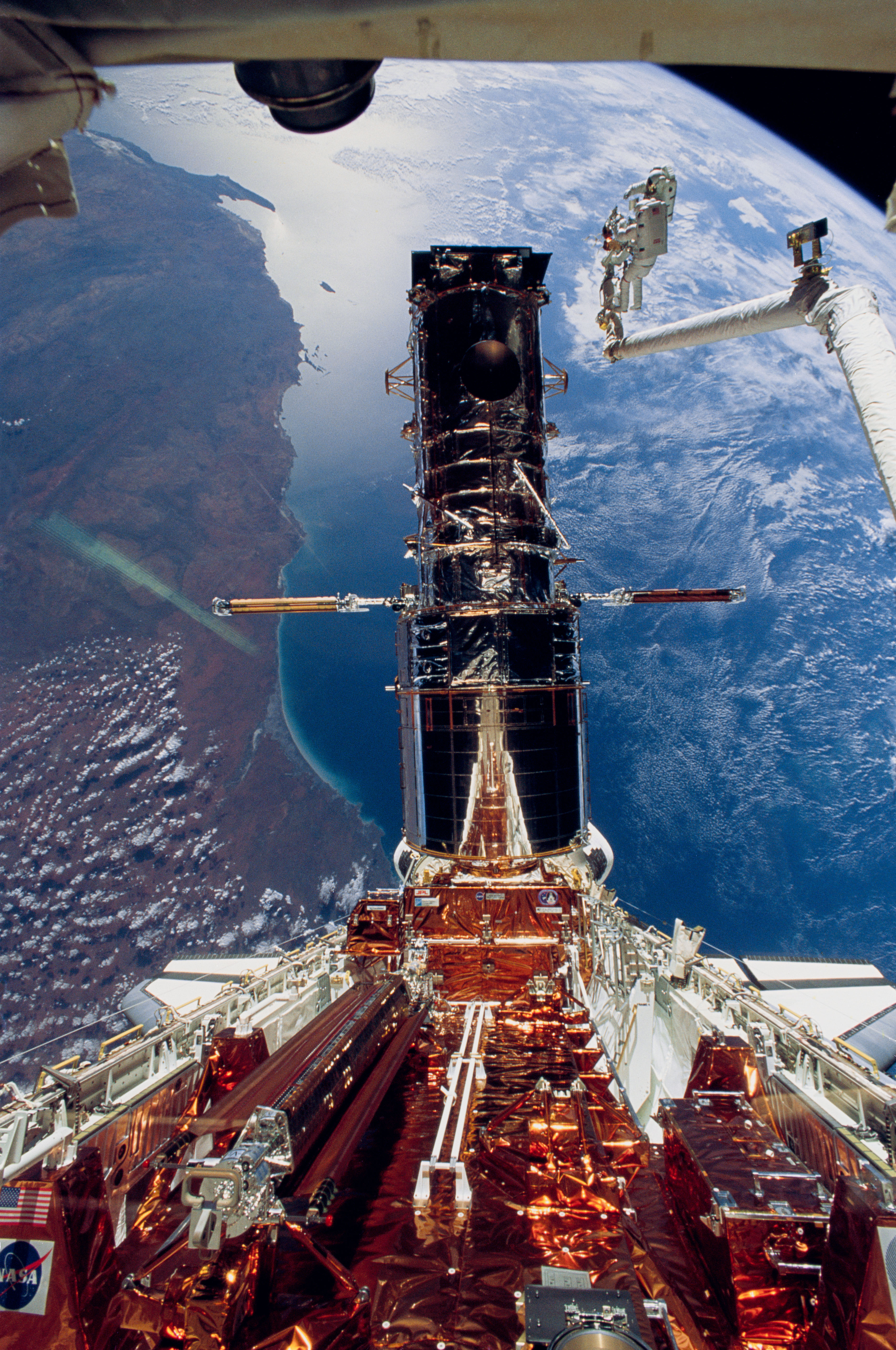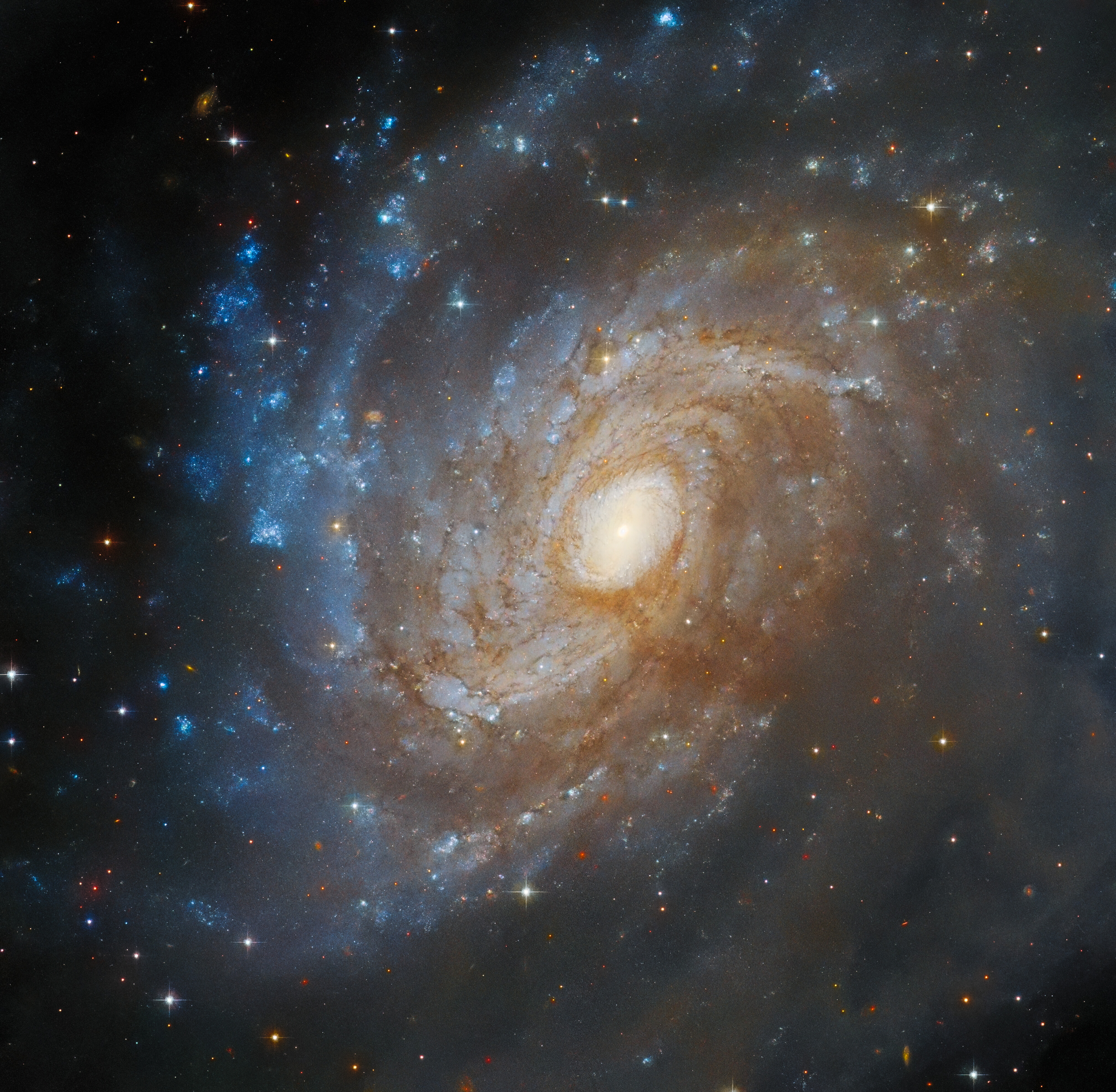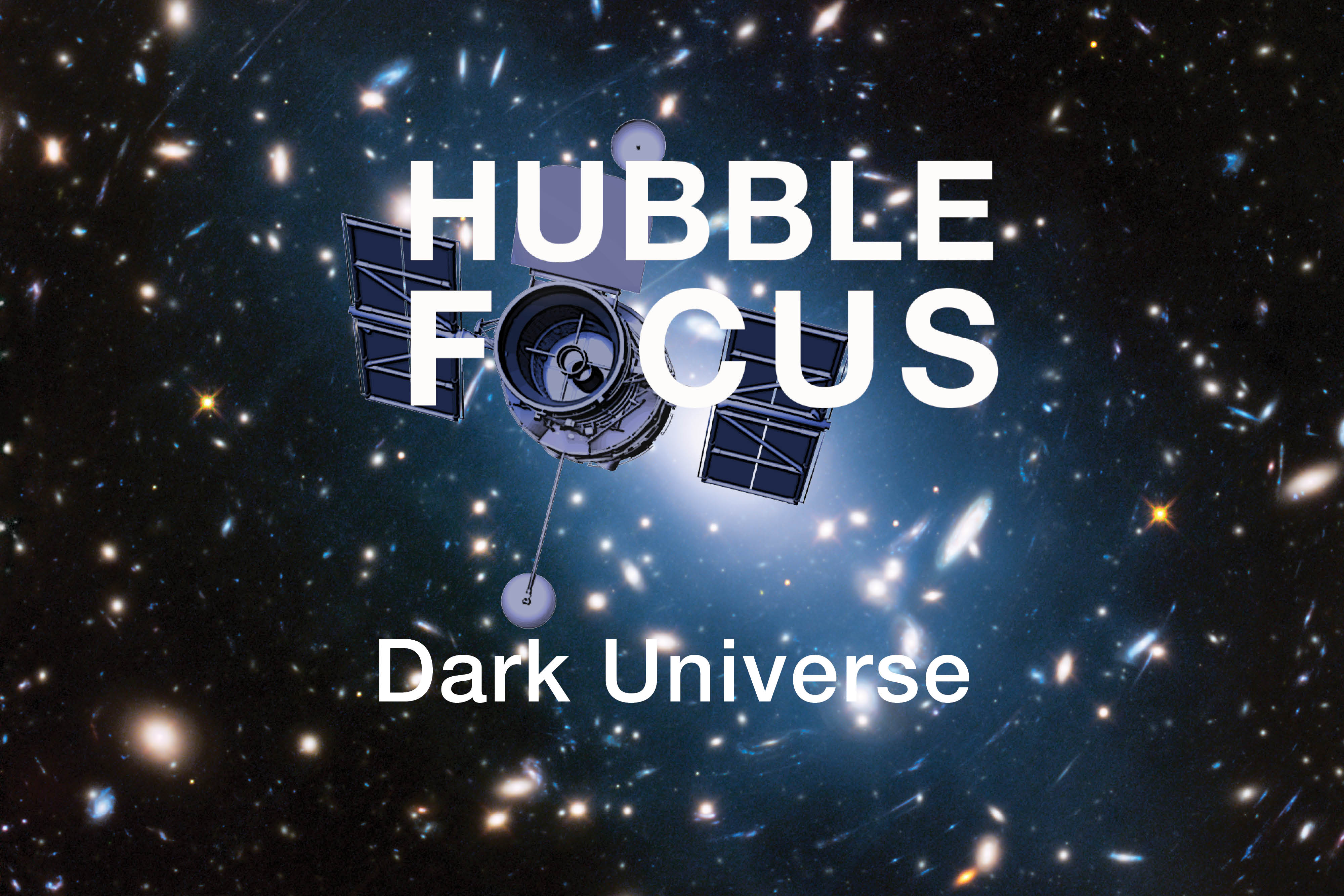Observatory
The Telescope That Captured Our Imaginations
After three decades and more than 1.6 million observations, the Hubble Space Telescope continues to expand our understanding of the universe.
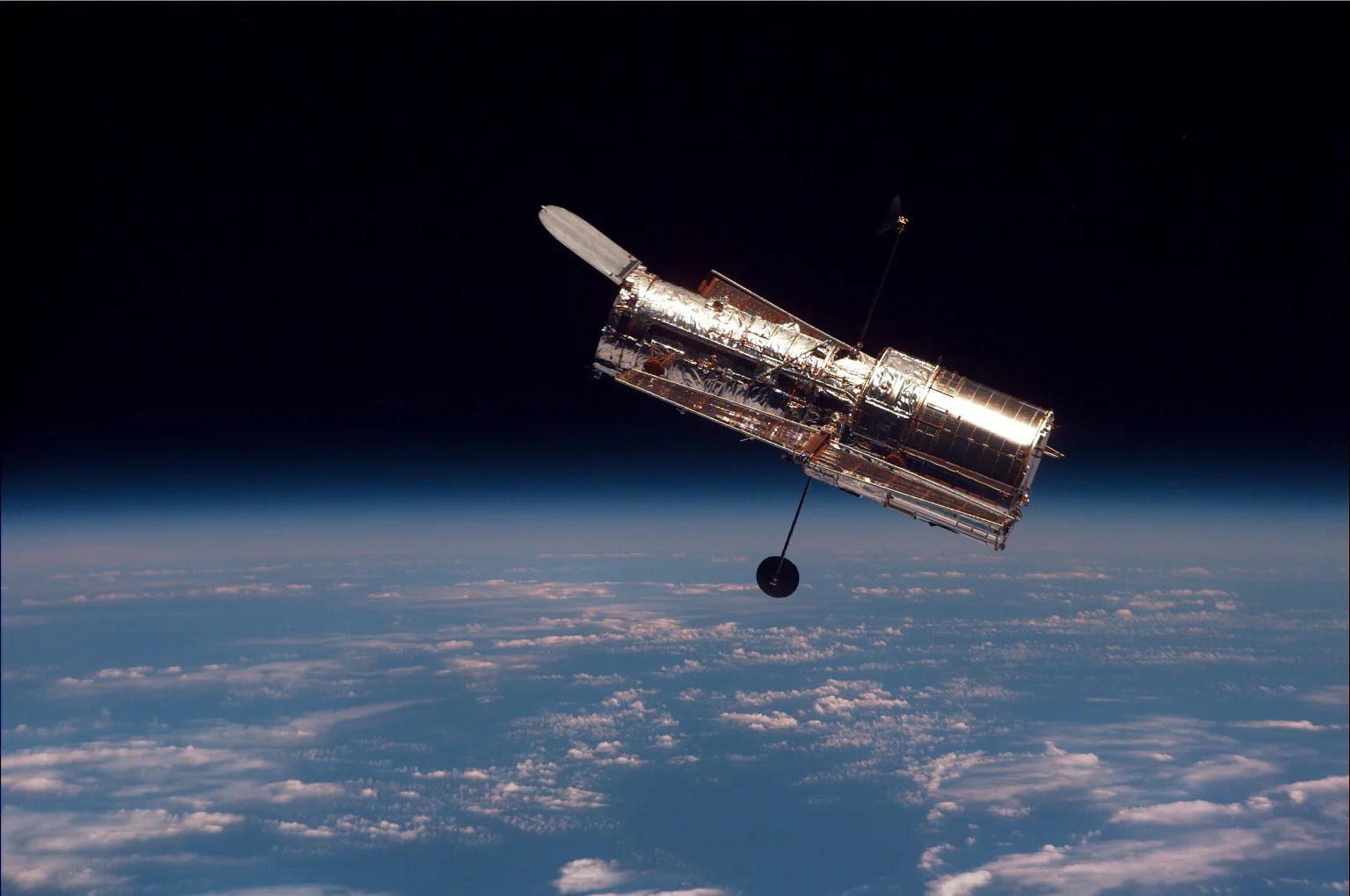
The Hubble Space Telescope is the first astronomical observatory placed into orbit around Earth with the ability to record images in wavelengths of light spanning ultraviolet to near infrared. Launched on April 24, 1990 aboard the space shuttle Discovery, Hubble orbits roughly 320 miles (515 km) above Earth’s surface. It completes 15 orbits per day, circling Earth approximately once every 95 minutes. The observatory moves at a speed of about five miles (8 km) per second, fast enough to travel across the United States in about 10 minutes.
While Hubble orbits, its primary mirror collects light from objects near and far. Its nearly 8 foot (2.4 meter) primary mirror is smaller than those of many professional Earth-based observatories. What makes Hubble so powerful is its position above Earth’s atmosphere. That location offers Hubble a pristine view of the universe and allows it to see wavelengths that are blocked or partially filtered by the atmosphere. Hubble can resolve objects 1,000 times better than the human eye. That’s enough to see two fireflies separated by about 10 feet (3 meters) from roughly the distance between New York City and Tokyo (about 7,000 miles or 11,000 kilometers).
Eric Anderson and Benjamin Gavares (Northrop Grumman Space Systems); Scott Wiessinger (USRA)
Design
Hubble is the first space-based observatory specifically designed for servicing while in orbit.
Hubble’s precision optical design allows it to see objects 10 billion times fainter than the human eye – it can discern two fireflies 10 feet apart from 7,000 miles away. Its gyroscopes are so sensitive that it could shine a laser on the head of the president on a dime 200 miles away for 24 hours. Its fine guidance sensors are so precise that the telescope could shine a laser on a human hair one mile away for up to 24 hours while circling Earth at more than 17,000 miles per hour (27,000 kph). These are just a few of the unique design elements that gave us this groundbreaking observatory.
Learn More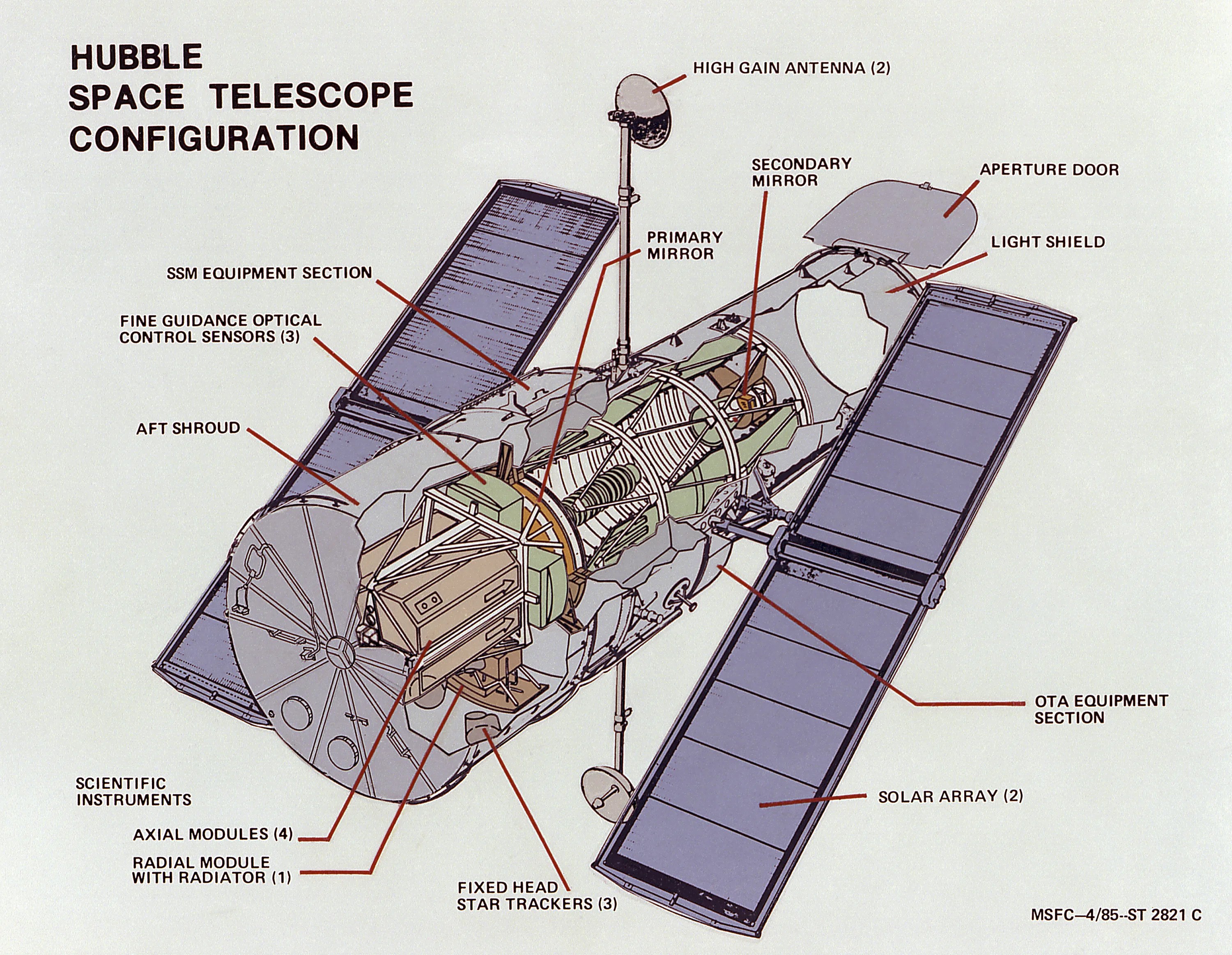
Why a Space Telescope
Observing the universe above Earth’s light-distorting atmosphere allows astronomers to see, discover, and better understand cosmic mysteries.
Hubble was designed as a general-purpose observatory, meant to explore the universe in visible, ultraviolet, and infrared wavelengths. To date, the telescope has made more than 1.6 million observations, collecting data and providing views astronomers were unable to capture from the ground.
Learn More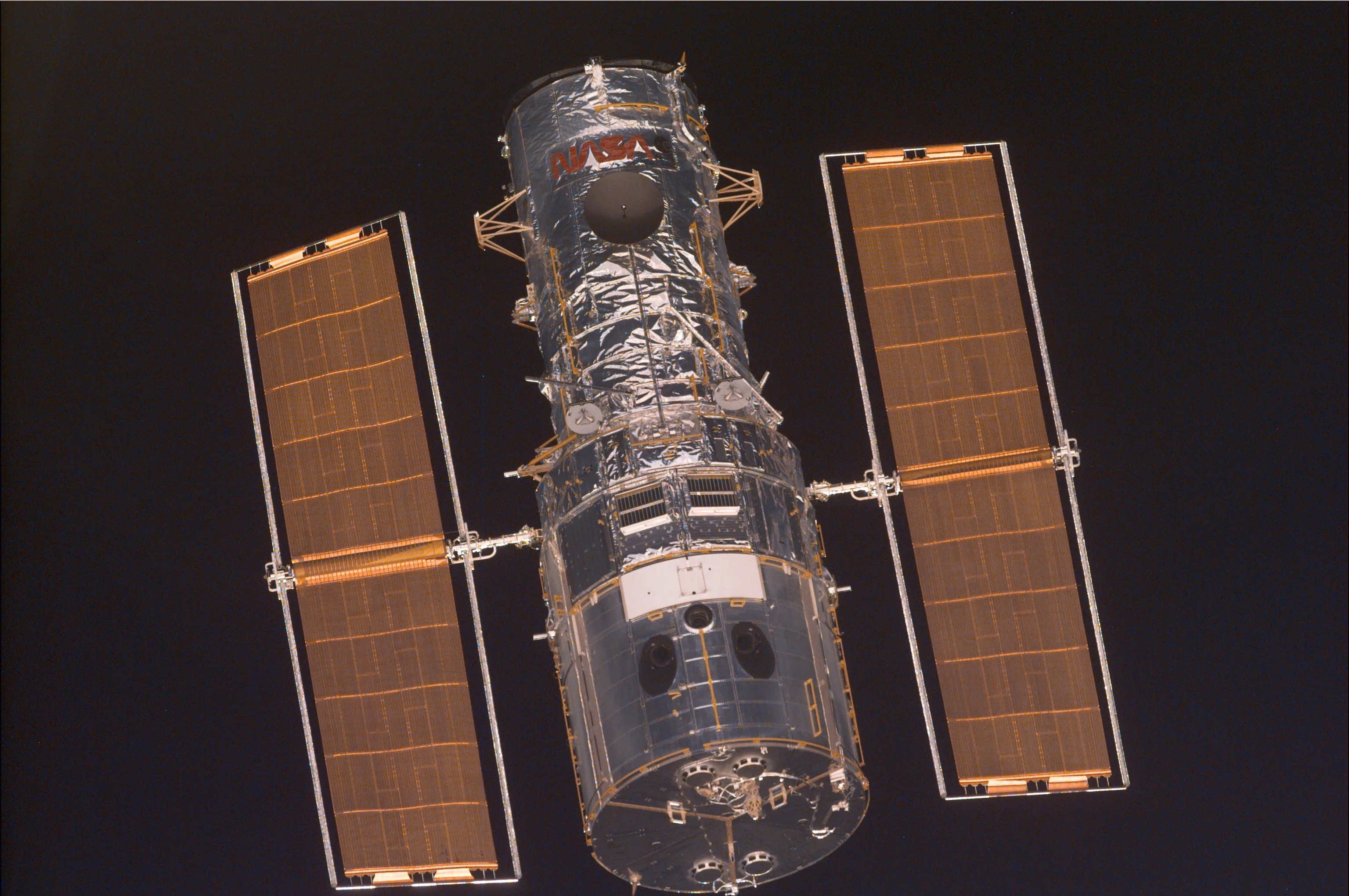
Improving our Society
Hubble's mission is to capture observations of the universe, but its technology would alter life on the ground in unique and unexpected ways.
The Hubble Space Telescope was designed to be on the cutting edge of technology, a precisely designed instrument that would bring humanity new views of the cosmos through feats of engineering. As a result, a wealth of technological advances were born of both its creation and the periodic servicing missions that supplied it with new and powerful components.
Learn More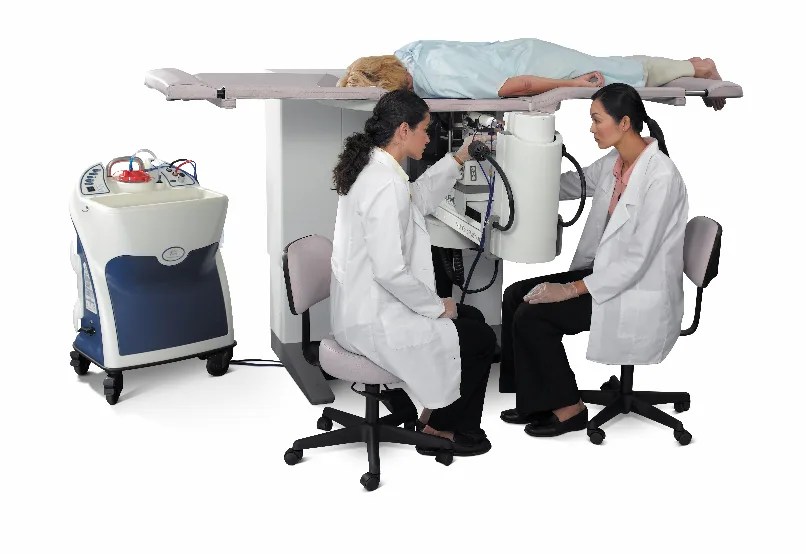
The Science Behind the Discoveries
How does Hubble make those discoveries and what are the scientific foundations for which its instruments are built.
Indulge your curiosity and dive into the fundamental science that is the foundation of Hubble’s observations. Discover how Hubble uses different wavelengths of light to reveal much more information than the human eye can see, then explore the individual components of that light as you learn about spectroscopy.
Learn More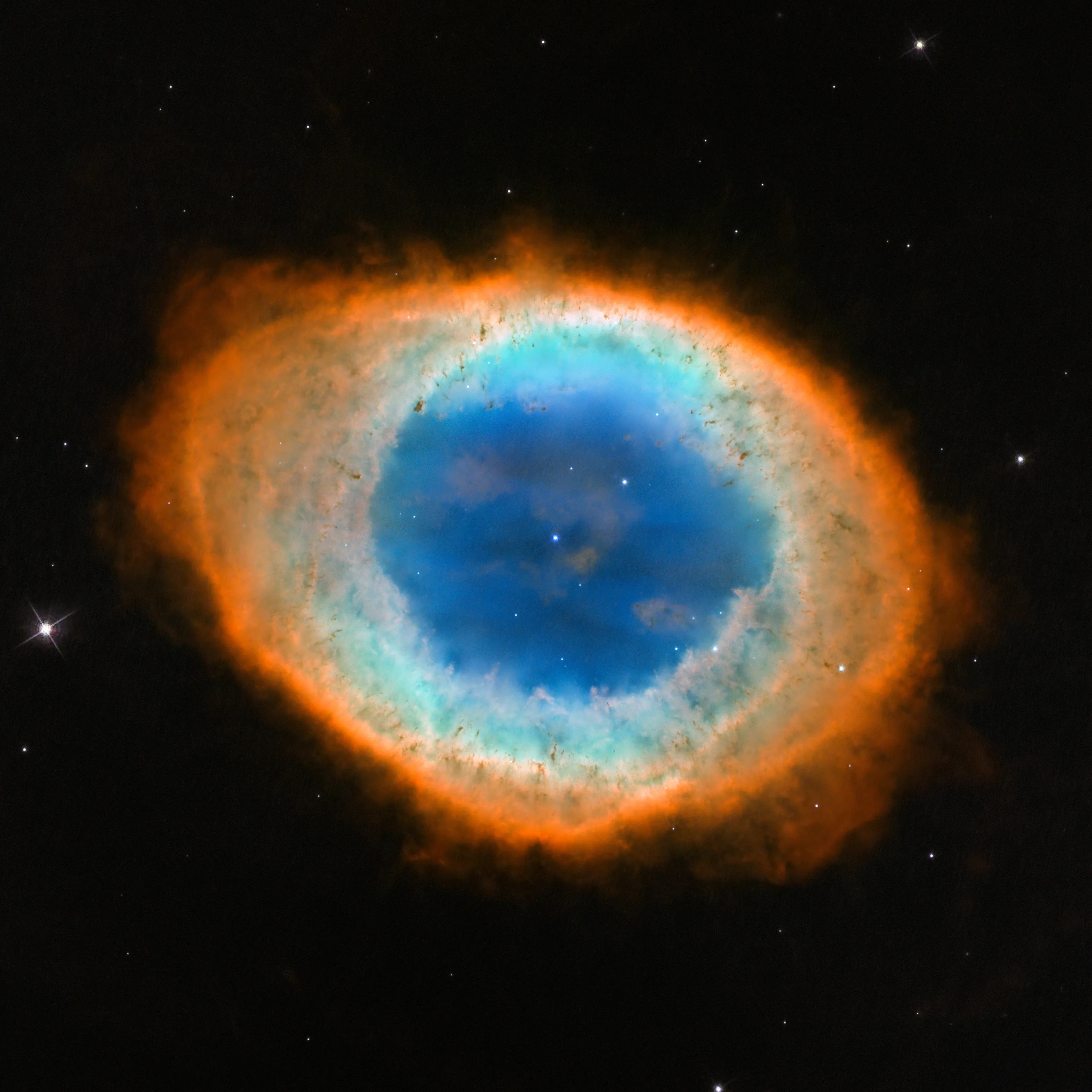
Mission Operations
The Space Telescope Operations Control Center at NASA’s Goddard Space Flight Center in Greenbelt, Maryland is the engine that keeps Hubble operating 24 hours a day, 365 days a year.
Keeping a precision instrument like Hubble in working order for more than 30 years as it circles Earth at 17,000 mph (27,000 kph) in the hostile environment of space is the responsibility of mission operations. This team of engineers, scientists, and operators is responsible for the day-to-day procedures that monitor the telescope’s health and safety. They relay commands that point the telescope to its target, monitor and adjust its systems, and solve hardware and software problems with the help of a high-fidelity simulator of Hubble and its operating environment here on Earth.
Learn More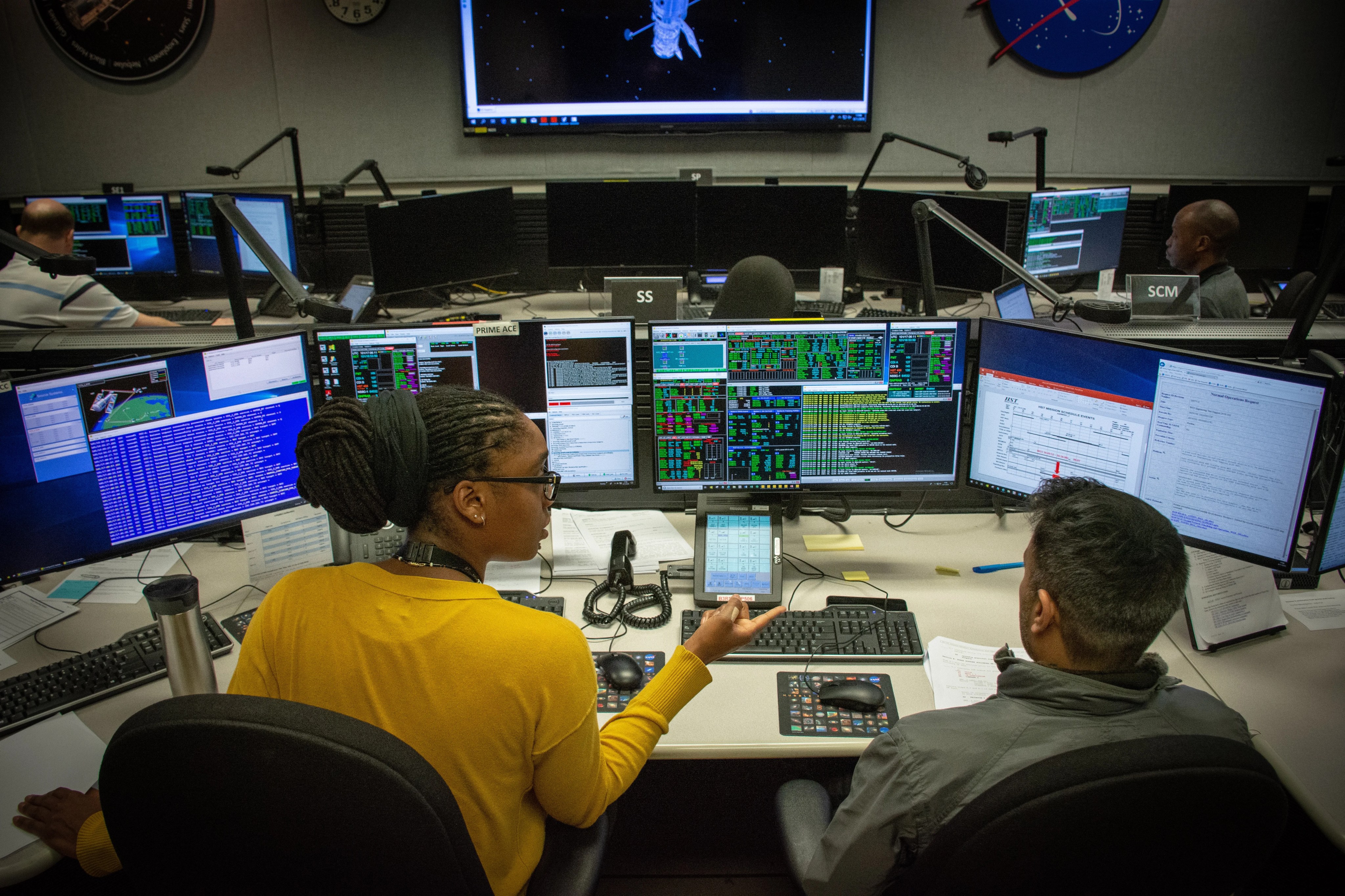
Updates on Hubble Milestones
Missions to Hubble
Hubble has more than doubled its original lifespan thanks to the 32 astronauts who deployed and serviced the observatory.
Deployed in 1990 and serviced five times between 1993 and 2009, Hubble’s productivity and longevity are the result of the astronauts who replaced limited-life items such as batteries, gyroscopes, solar cells, and electronic boxes. They also installed state-of-the-art cameras and science instruments that have given us pioneering discoveries and magnificent views of the universe.
Learn More